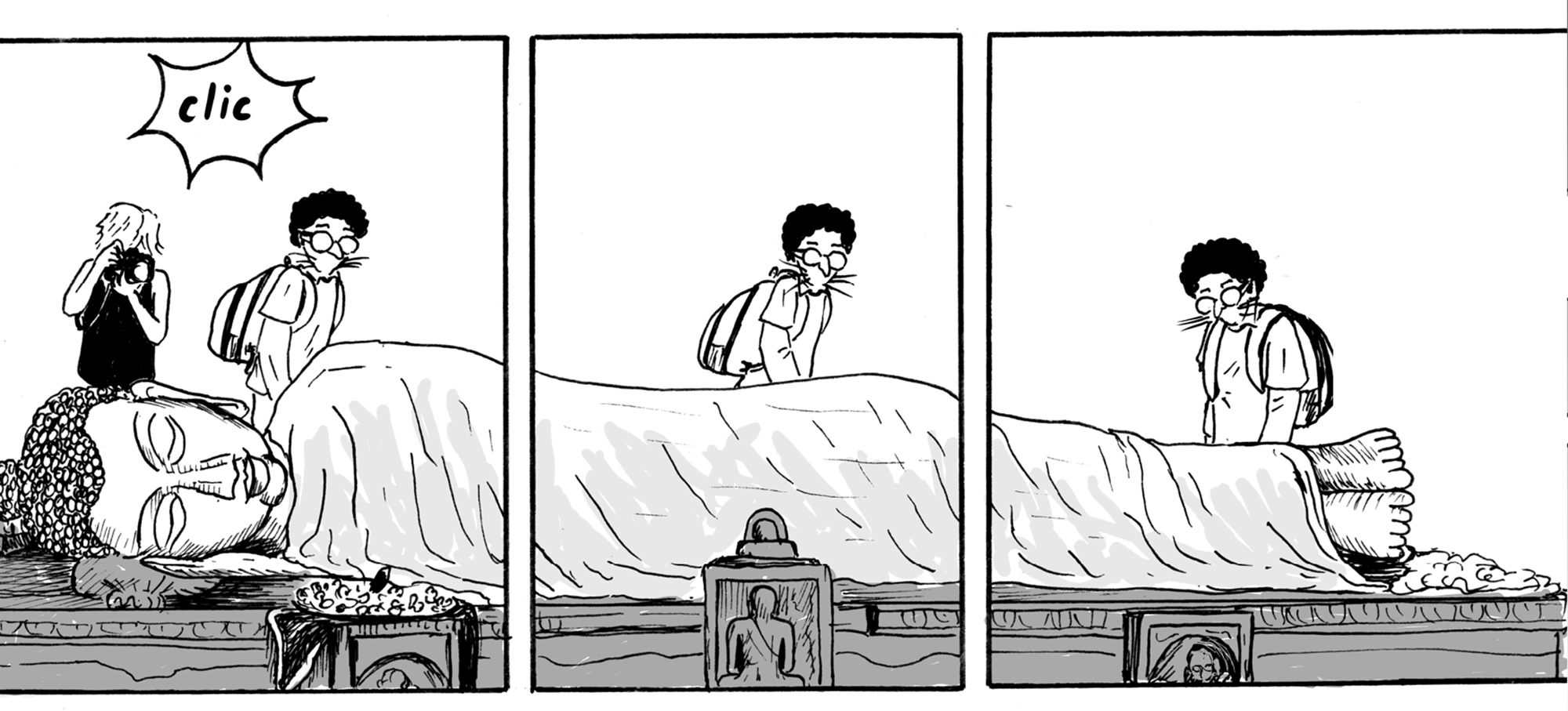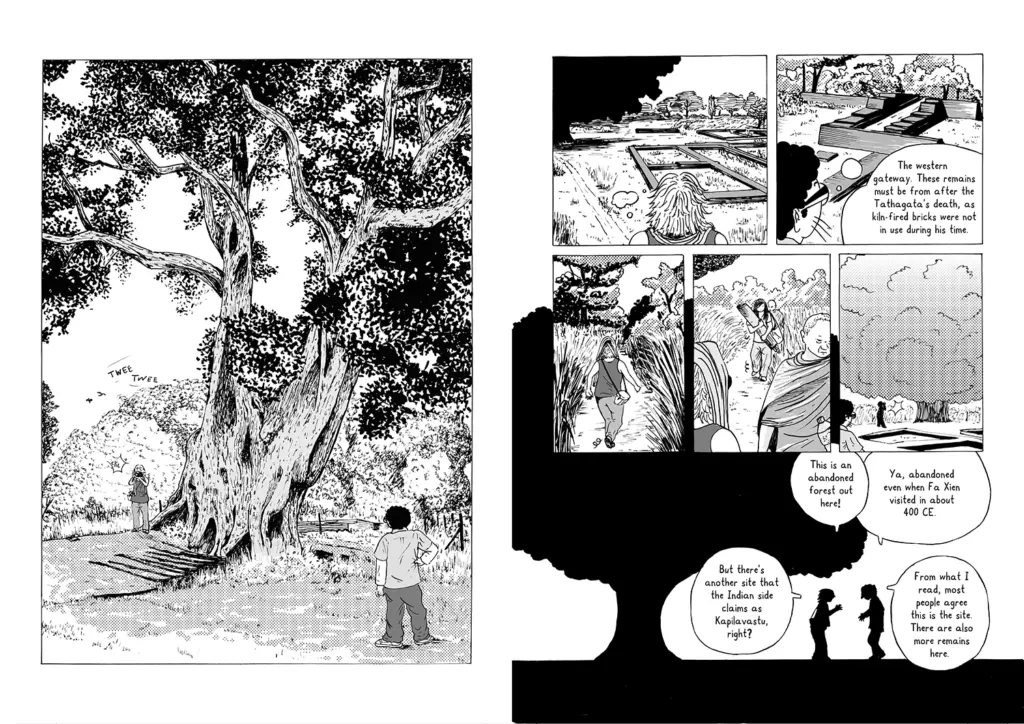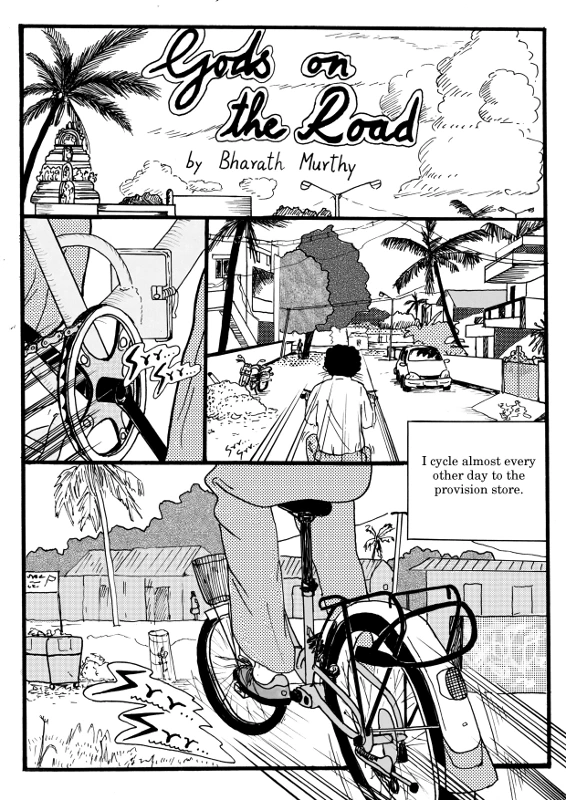Note: Applicants should apply to the MA courses if they intend to take up PGDP Finish. There is no separate application form for PGDP Finish; one can exit at the end of year 1 of MA with an award of a PG Diploma upon successfully completing the graduation requirements.
The first of its kind in India, the MA Comics & Graphic Literature (CGL) program is oriented to the AVGC sector, which is Animation, Visual Effects, Gaming and Comics. Comics content can work across platforms and are often the material on which animation and gaming sectors are built. The program explores the medium of comics and graphic literature in their broadest sense. Given its nature as a transmedium, with its links to the most basic forms of mark-making as well as to technological forms like the cinema, students will engage in focused enquiry and understanding, with and through comics and other graphic literature forms. Through drawing, reading, writing, seminars, transdisciplinary research, and engaging in critical inquiry of the medium, they will produce knowledge in the medium and develop their aesthetic practices in relation to contemporary contexts. Literary studies, cultural studies and comics studies will inform practice, while making leads into critical inquiry. Building on a foundation of basic drawing and narrative skills, the program will equip critically informed practitioners in bringing new perspectives and ways of thinking about our contemporary society and culture via the medium of comics and graphic literature. It creates a space for extending and developing pictorial narrative forms in South Asia. Graduates of the program will contribute to enabling a richer and more inclusive discourse, both locally and globally. They can work across the AVGC sectors and can also further their research practice by continuing to do a PhD.
Course Leader: Bharath Murthy
Faculty Team: Vasvi Oza, Abhishek Hazra, Priyankar Gupta
The medium of comics stands at the intersection of literature, visual art, and cinema. The Master of Arts in Comics & Graphic Literature has been designed keeping in mind the transdisciplinary nature of comics and the larger field of graphic literature as a form of creative expression. Comics and graphic literature have their own histories. Engaging with these histories of the medium, the program envisions the creating of critically informed practitioners who can contribute to the continued evolution of the medium, particularly in South Asian contexts.






